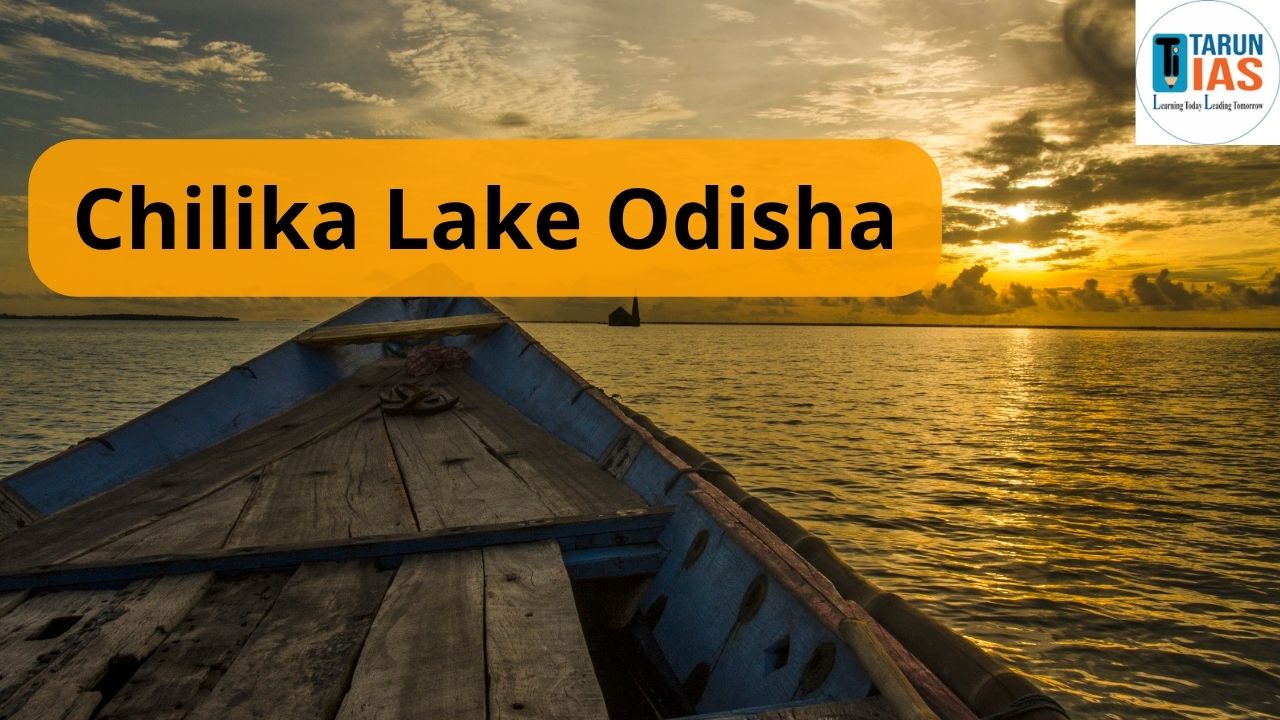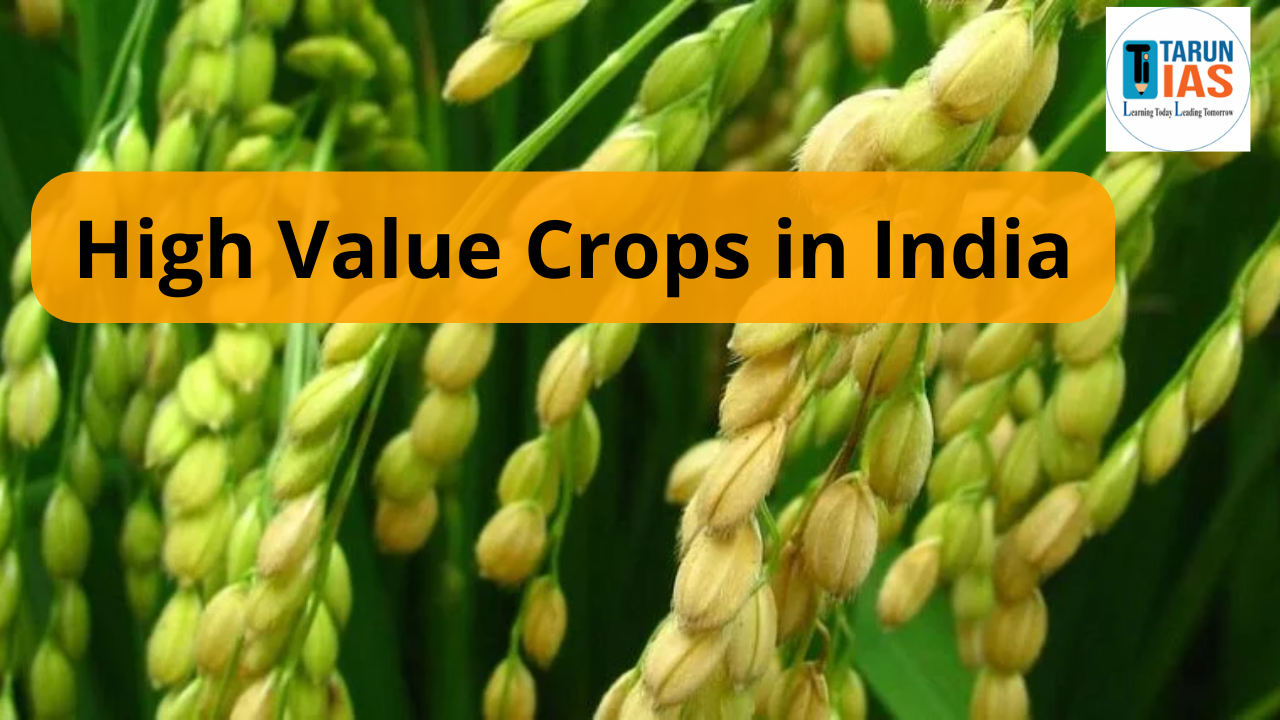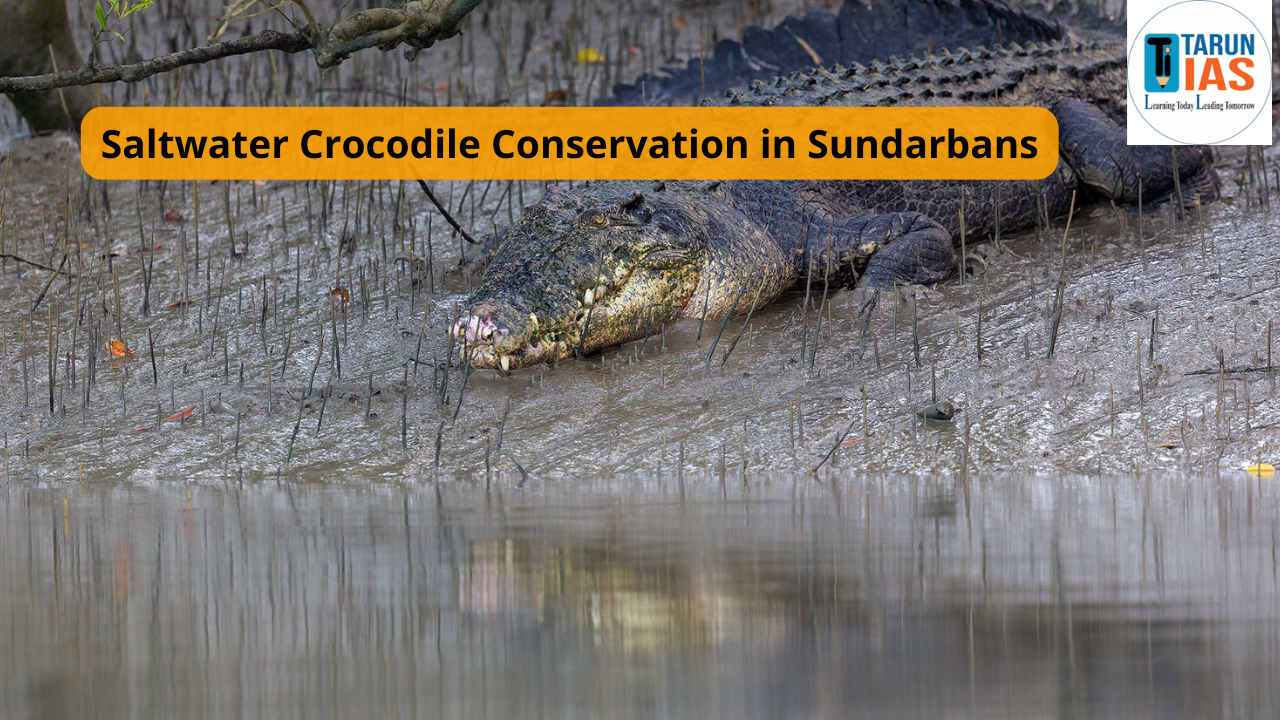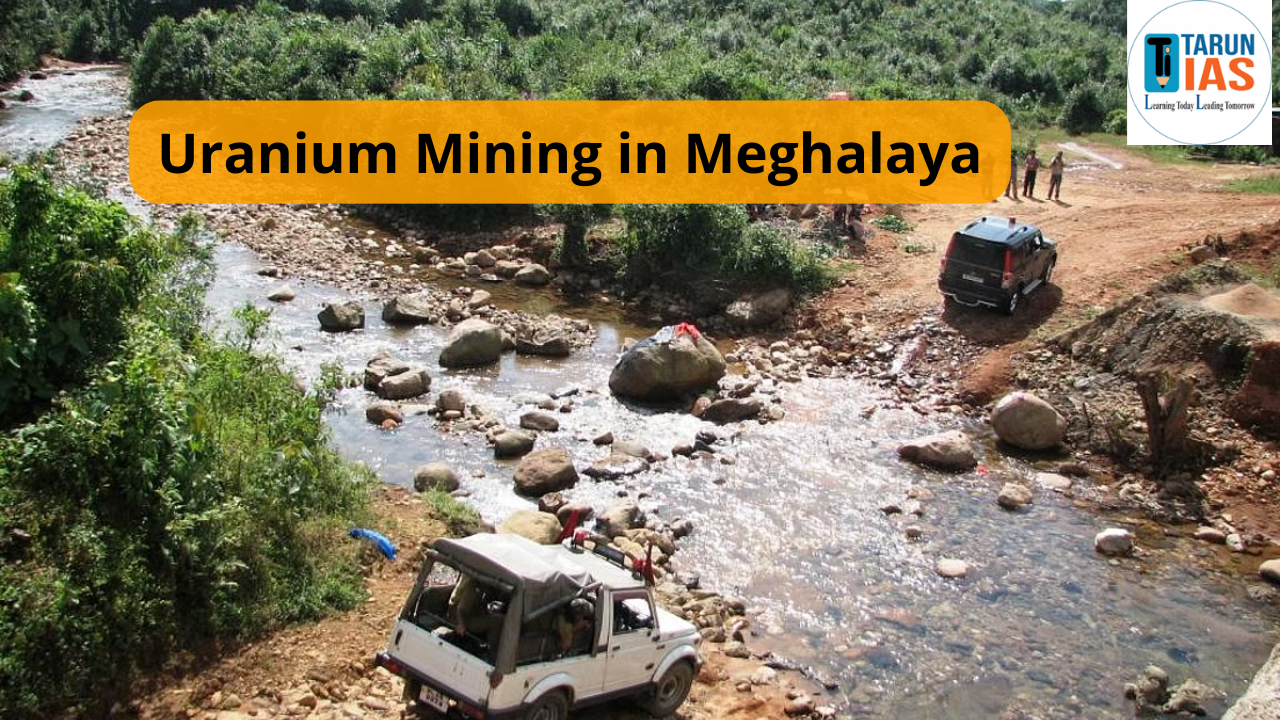
Chilka Lake is situated in between the Godavari river in the South of Andhra Pradesh. Northern side was the Mahanadi River at Odisha
Chilika Lake Odisha Geographical Location and Physical Features

Chilika lake is not a freshwater lake but a brackish water lake.The largest lake in Odisha, India is Chilika Lake, located south of the Mahanadi delta. Chilika Lake is not a freshwater lake but a saltwater lake.It is water found in the natural environment that has a higher salinity than freshwater, but not as much as seawater.
- Chilika Lake Odisha lies along the eastern coastline of Odisha, separated from the Bay of Bengal by a narrow sandy ridge. Geographically, it extends over the districts of Khurda, Puri, and Ganjam and receives freshwater from the Daya River, which originates from the Mahanadi system.
- It spans an area of approximately 1,100 square kilometers, with seasonal variations in area and salinity levels.
- The lagoon is a bar-built estuary characterized by vast mudflats and shallow waters.
- It consists of four primary zones: the northern, central, southern, and outer channel, each exhibiting different levels of salinity and depth, making Chilika a dynamic and complex estuarine system.
Chilika Lake Odisha Ecological Significance and Biodiversity Hotspot
Chilika Lake Odisha is one of India’s most vibrant ecosystems, and a vital habitat for numerous plant and animal species. It functions as a critical zone for both resident and migratory birds, earning recognition as the largest wintering ground for migratory birds in the Indian subcontinent.
Chilika Lake Odisha Avifauna

Every winter, more than 225 species of migratory birds visit Chilika from regions as far as Siberia, Kazakhstan, northern Eurasia, Mongolia, the Caspian Sea, Lake Baikal, and the Himalayas. Some prominent species include:
- White-bellied Sea Eagle
- Flamingos (forms one of the world’s largest colonies)
- Herons
- Jacanas
- Purple Moorhen
- Greylag Geese
Aquatic and Terrestrial Fauna in Chilika Lake Odisha
Chilika Lake Odisha hosts rich aquatic life and terrestrial species, including Irrawaddy dolphins, migratory birds, fish, reptiles, and mammals.
- Irrawaddy Dolphins (EN):
- Chilika is the only habitat in India where these endangered dolphins are found in significant numbers (~152 reported).
- Fishing Cats (VU):
- Locally known as Baghadi or Macharanka Bilei, these elusive cats are a conservation priority.
- A maiden census in Sorana-Mangalajodi reported over 100 individuals.
- Other species include:
- Blackbuck, Golden Jackal, Spotted Deer, and Hyena.
Flora:
- Seagrass:
- Five key species, vital for maintaining water quality and providing food/shelter to marine life.
- Plant Families:
- Leguminosae, Poaceae, Cyperaceae dominate.
- Endemics:
- Species like Cassipourea ceylanica, lithophytes, and insectivorous plants.
- Mangrove associates and wild plants of horticultural significance also thrive here.
Chilika Lake Odisha Important Zone and Islands
Chilika’s diverse zones exhibit unique ecological profiles based on depth, water circulation, and salinity:
- Northern Zone: Dominated by freshwater inflow; bird nesting areas.
- Central Zone: Mix of fresh and saltwater; diverse fish population.
- Southern Zone: Deeper waters; islands, dolphins.
- Outer Channel: Tidal influences dominate; access to the Bay of Bengal.
Prominent islands in the lake include
- Nalabana Island: A declared bird sanctuary since 1987, central to migratory bird activities.
- Kalijai Island: Religious site dedicated to Goddess Kalijai. Celebrations during Makar Sankranti make it a major pilgrimage destination.
- Somolo, Birds Island, Krushnaprasad, Parikud, Phulbari, Nuapara, Berahpura, Tampara: Each supports unique flora-fauna combinations.
- Honeymoon Island, Breakfast Island, Beacon Island: Known for scenic beauty and tourism value.
Chilika Lake Odisha Socio-Economic Importance
Chilika Lake Odisha is a lifeline for over 0.2 million fisherfolk and supports livelihoods in more than 132 villages. Fisheries, tourism, and boat services form the backbone of local economies. The lake’s estuarine fishery resources are among the richest in the country.
The Satapada region is a major hub for Irrawaddy dolphin tourism, drawing thousands of visitors annually.
Conservation Status and Ramsar Designation
- Chilka Lake is a Ramsar site.
- In 1981, Chilika Lake Odisha became the first Indian wetland to be designated a Ramsar site
- It is currently listed under the Montreux Record due to ecological threats like siltation, poaching, and hydrological changes.
- Listed as a Tentative UNESCO World Heritage Site.
Several challenges threaten Chilika’s ecological integrity
- Poaching of migratory birds: Carcasses of 29 birds were found in recent patrols (The Hindu report).
- Hydrological changes: Reduction in freshwater flow, alteration of tidal inlets.
- Pollution: From agricultural runoff and domestic waste.
- Encroachments and unsustainable tourism.
- Climate change: Alters migratory patterns and breeding.
Chilika Lake Odisha Government Initiatives and Community Participation
The Odisha Forest Department and Wetland Authority have undertaken numerous conservation and management measures:
- Anti-poaching Patrols: 20 camps, 90 personnel deployed in sensitive zones.
- Chilika Adrabhumi Sangrakshan Committee: Local community monitors and protects fishing cats and ecosystem.
- Investment of ₹180 crore for five-year management plan (2019) focused on biodiversity protection, fisher livelihood, and eco-tourism.
- Mangroves and Coral Reef Committee: Under Ministry of Environment, oversees restoration and protection.
Conclusion
Chilika Lake Odisha is a unique and ecologically vital wetland that holds immense national and international significance. As Asia’s largest brackish water lagoon, it supports rich biodiversity, including the endangered Irrawaddy dolphins and over 225 species of migratory birds. It also plays a crucial socio-economic role by sustaining the livelihoods of more than two lakh people through fisheries, tourism, and related activities.
However, the lake faces growing environmental threats such as poaching, pollution, hydrological changes, and climate impacts, leading to its inclusion in the Montreux Record. Despite these challenges, significant conservation efforts by the Odisha government, Wetland Authority, and local communities reflect hope for its restoration.















